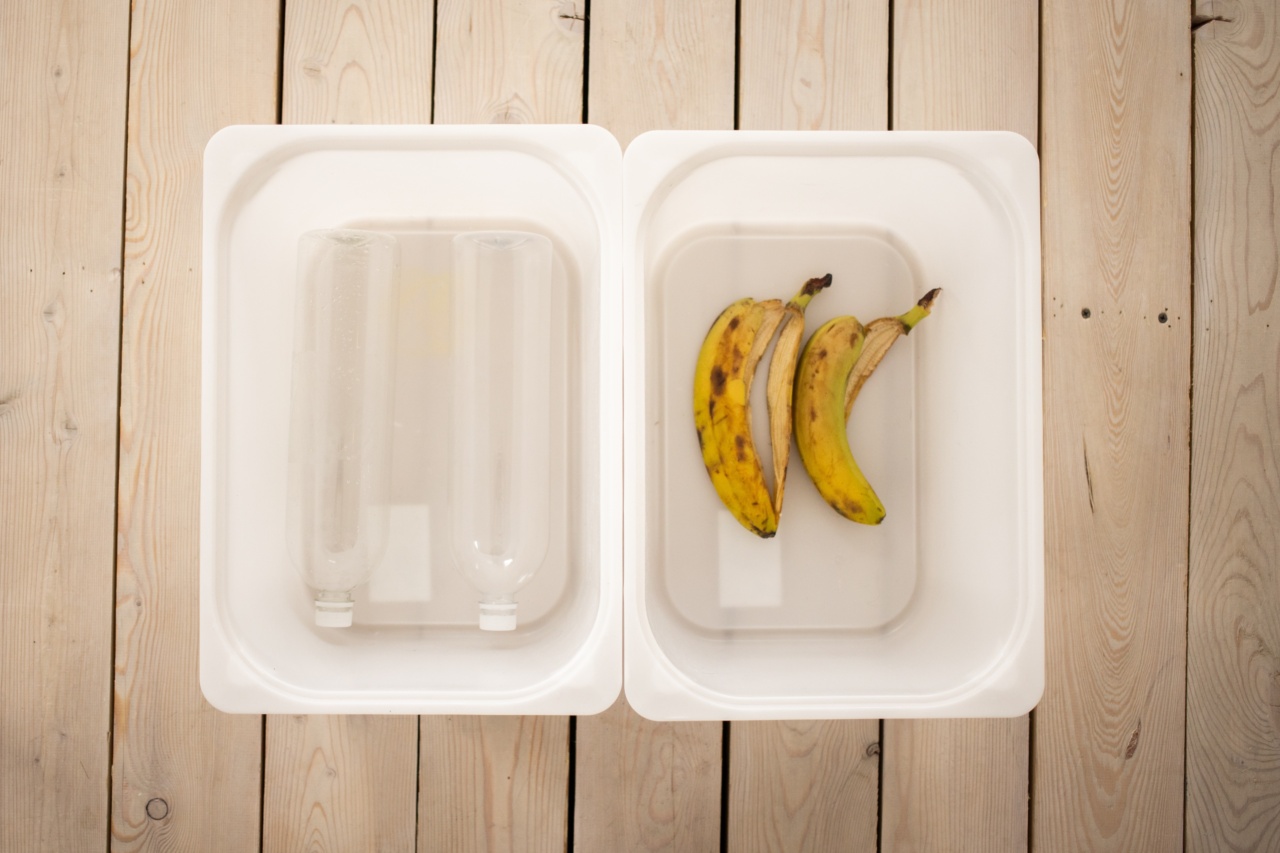Until recently, natural childbirth was the norm in most countries. However, with the rise in the number of caesarean sections, this trend is changing rapidly.
In the United States, for instance, the rate of caesarean sections has increased from around 5% in the 1970s to over 30% in recent years. In this article, we take a close look at the reasons for this trend and its impact on natural childbirth.
What Causes the Increase in Caesarean Sections?
The major factor contributing to the increase in the rate of caesarean sections is the growing demand for it. Women now prefer c-sections over natural childbirth due to various reasons, including:.
- Fear of labor pain
- Preferable scheduling
- Perceived convenience
- Perceived low risk
Another factor that has contributed to the rise in the caesarean section rate is the medicalization of childbirth.
Today, childbirth is seen as a medical event, and doctors have become more involved in directing and managing the process, leading to an increase in medical intervention to control labor and delivery. There is also an increase in medical malpractice suits that make doctors resort to c-sections as a safer option.
The Impact of Caesarean Sections on Natural Childbirth
The rise in caesarean sections has had a significant impact on natural childbirth, including:.
1. Reduced Accessibility to Care
Caesarean sections require greater resources than vaginal births, including more advanced equipment, longer hospital stays, and more intensive care.
This has led to overcrowding of healthcare facilities, reducing access to care for women who cannot afford or gain access to health facilities offering this kind of care.
2. Compromised Health Outcomes
There is a growing body of research suggesting that compared to vaginal births, caesarean sections are associated with an increased risk of complications, both for the mother and the baby.
Babies born through cesarean sections may face breathing difficulty and be susceptible to adverse health effects. Mothers, on the other hand, may be at a higher risk of developing infections, blood clots, and other complications.
3. Cost Implications
Caesarean sections are considerably more expensive than vaginal births. In most cases, they are carried out in surgical rooms, which require higher staffing, medication, and other resources.
This increased cost translates to higher medical bills, making it less accessible to low-income families.
4. Reduced Vaginal Births
The increase in the rate of caesarean sections has led to a decline in vaginal births and hence reduced experience for mothers to understand childbirth.
This may lead to reduced confidence in childbirth, where they will commonly opt for caesarean sections with future pregnancies.
5. Denial of Mothers’ Autonomy
The medicalization of childbirth has seen healthcare providers specify what procedures a mother should undergo.
This compromises the woman’s right to make decisions about her body and gives the healthcare system more control over childbirth, reducing autonomy.
The Conclusion
Cesarean sections hold significant promise for women and their babies as it reduces maternal and child complications.
However, this promise comes at a significant cost in terms of increased risk and reduced experience for women who lose the opportunity to give birth naturally. Many women and their families must make the decision to choose between the two, with no guarantees of the long-term outcome.
Nevertheless, motherhood remains a blessed gift, whether through vaginal or caesarean birth, and healthcare providers must work hard towards integrating the natural processes of childbirth into modern medical practices to promote a more balanced approach in future childbirth practices.






























